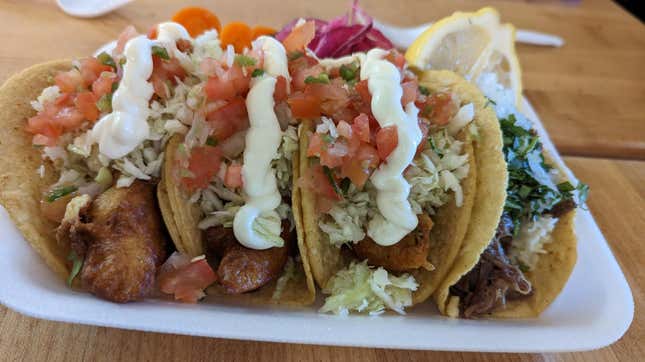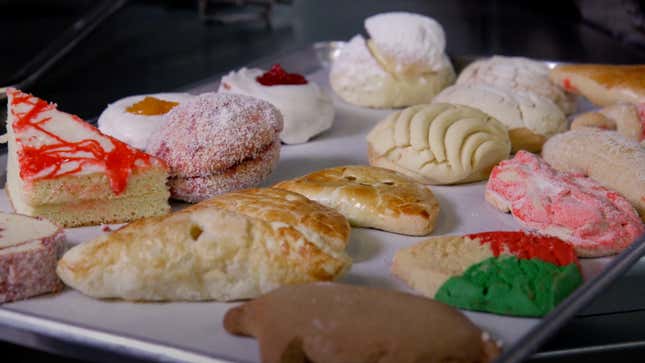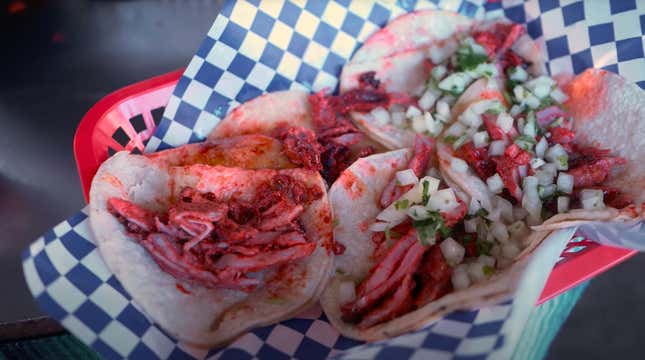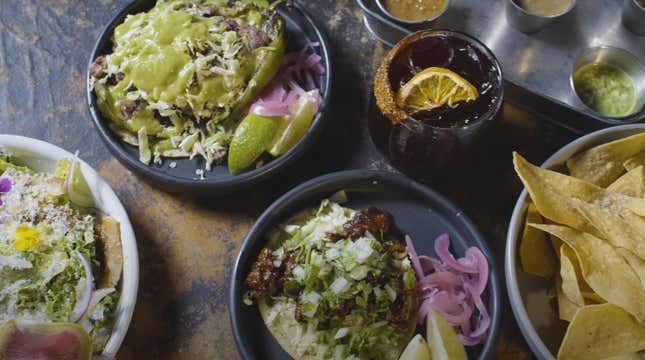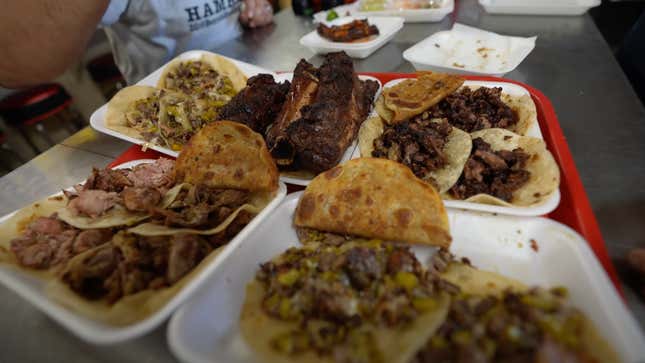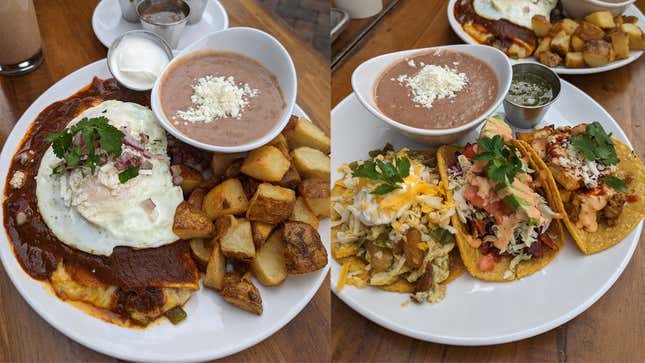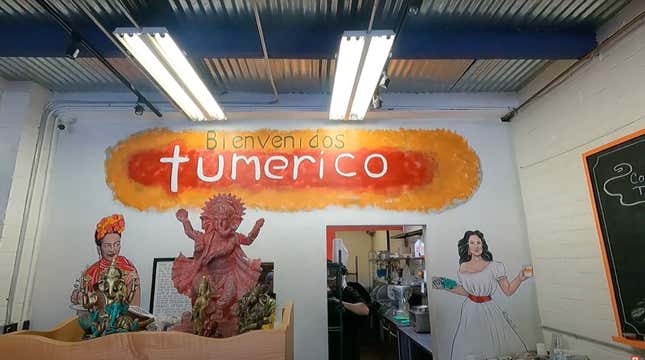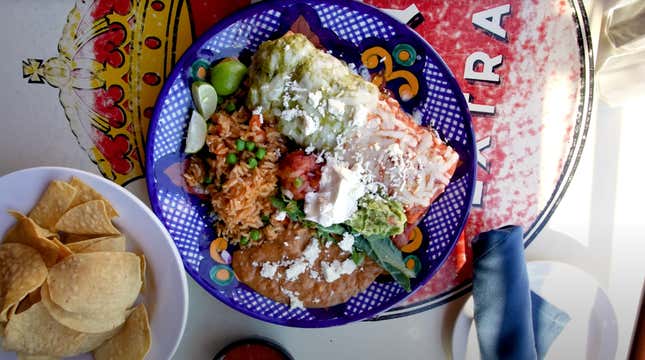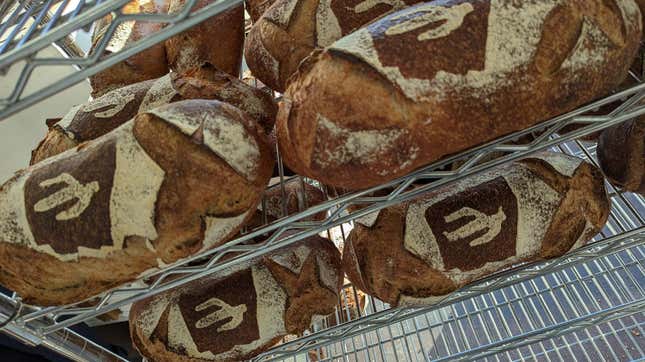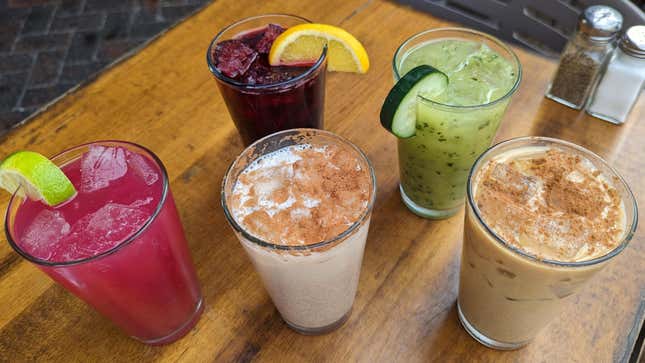
Hey, rest of the U.S.! If you’re making Mexican food (or your idea of Mexican food, which may or may not be accurate), consider yourself on notice. The city of Tucson, Arizona just came in real hot, claiming the title of America’s Best Mexican Food.
No, receiving distinction from UNESCO as a City of Gastronomy for its 4,000-year-old culinary Mexican and Native American history wasn’t enough. Showing up in the list of James Beard Award semifinalists (and winners) every year wasn’t enough. Having a so-called Taco Trail that spans 26 miles wasn’t enough. Tucson, with the nation’s highest concentration of Mexican restaurants within a 23-square-mile radius, is now officially the real-life destination for www.AmericasBestMexicanFood.com.
This finally formalized food trail, put together by Visit Tucson, is a self-guided challenge for hungry visitors, offering a digital passport that can be used to earn rewards and prizes at some of the city’s faves.
“The people of Tucson are proud of their Mexican heritage, which shows in the fantastic food all over the city,” Mo Calderon, CTA, communications manager for Visit Tucson, told The Takeout. “We have an abundance of mom-and-pop shops that are serving up delicious, no-frills, authentic Sonoran Mexican food.”
What is Sonoran Mexican food?
Is Sonoran Mexican food “real” Mexican, or is it like Tex-Mex? In my East Coast ignorance, I wondered that, too.
“The Sonoran region is a high desert climate that yielded ranchers rather than farmers, influencing the use of beef, and simple ingredients,” Calderon explained. Because of that, Sonoran dishes often prominently feature meat, plus the “Three Sisters” crops (corn, beans, squash) and Sonoran wheat, the latter of which was brought to the area by the Spanish missionaries in the 17th century. Thanks to that wheat, while much of Mexico opts for corn tortillas, Sonoran Mexican food uses flour tortillas, creating what Calderon calls “low-fuss, simple dishes.”
The area now known as Tucson was first settled as a Spanish military fort in 1775 before becoming a part of Sonora, Mexico in 1821, when Mexico gained independence from Spain. It wasn’t until the 1850s that Tucson became a part of the U.S., and at that point, it already had a strong identity from the Mexican residents who lived there.
Therefore, “Our history is Mexican history,” Calderon said passionately. “Being so close to the U.S.-Mexico border, Tucson can’t help but be an extension of Mexico... a very community-minded city, which keeps us grounded and close to our roots.”
Here are a dozen of our personally vetted, tried-and-true, historic, and most locavore-minded picks for the best Mexican food in Tucson, and why each one needs to be on your bucket list.


